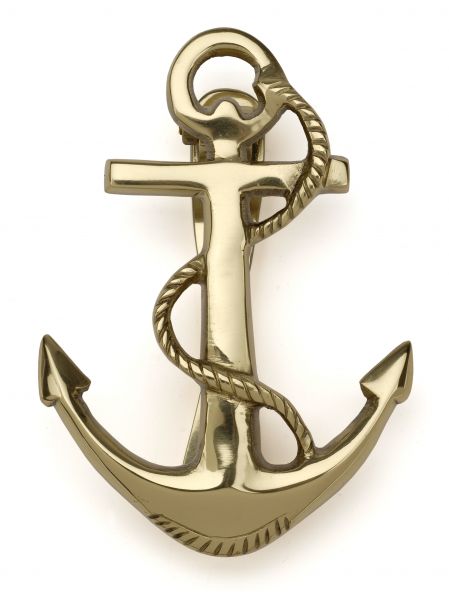This is a picture of Captain Edward John Smith, master of RMS Titanic, an officer of White Star line since March 1880.

Today is the centenary of one of the most horrific events in seafaring history. On Sunday, April 14th, 1912, twenty minutes before midnight local time, RMS Titanic, ship of dreams, struck a massive iceberg and sustained a fatal injury to her starboard hull.
Four days into the crossing and about 375 miles south of Newfoundland, she hit an iceberg at 11:40 pm ship's time (GMT -3). The glancing collision caused Titanic's hull plates to buckle inwards in a number of locations on her starboard side and opened five of her sixteen watertight compartments to the sea. Over the next two and a half hours, she gradually filled with water and sank hard by the bow.
 This iceberg was photographed by the chief steward of the liner Prinze Adelbert on the morning of April 15, 1912, just a few miles south of where the Titanic went down. The steward hadn't yet heard about the Titanic. What caught his attention was the smear of red paint along the base of the berg, indication that it had collided with a ship sometime in the previous twelve hours.
This iceberg was photographed by the chief steward of the liner Prinze Adelbert on the morning of April 15, 1912, just a few miles south of where the Titanic went down. The steward hadn't yet heard about the Titanic. What caught his attention was the smear of red paint along the base of the berg, indication that it had collided with a ship sometime in the previous twelve hours.
 This iceberg was photographed by the chief steward of the liner Prinze Adelbert on the morning of April 15, 1912, just a few miles south of where the Titanic went down. The steward hadn't yet heard about the Titanic. What caught his attention was the smear of red paint along the base of the berg, indication that it had collided with a ship sometime in the previous twelve hours.
This iceberg was photographed by the chief steward of the liner Prinze Adelbert on the morning of April 15, 1912, just a few miles south of where the Titanic went down. The steward hadn't yet heard about the Titanic. What caught his attention was the smear of red paint along the base of the berg, indication that it had collided with a ship sometime in the previous twelve hours.This pictures shows RMS Titanic leaving her home port of Southampton on her first and only voyage. She would never be seen in British waters, or by British eyes, ever again.


This excellent CGI animation comes to us from the National Geographic Channel. James Cameron's forensic re-examination of precisely what happened to so beautiful and important a ship as RMS Titanic is astonishing to view, dear reader, and may I recommend clicking the little square in the bottom right hand corner of the item below, which will enable you to view this important video in full screen mode.


No comments:
Post a Comment